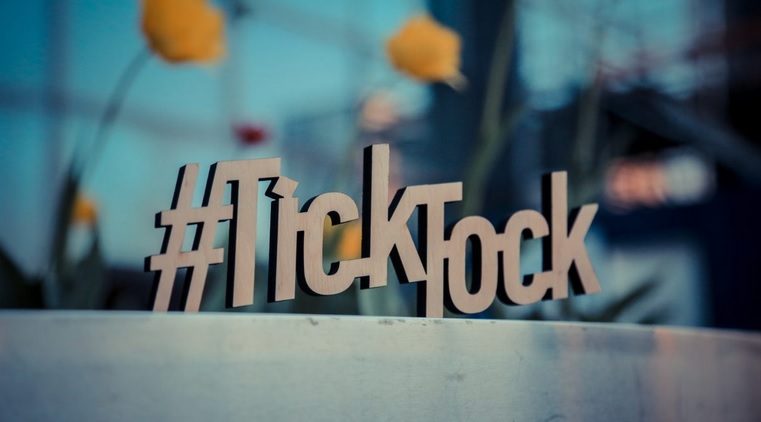 Over the last few years most major social networks have introduced some form of advertsing as a revenue source. Even Instagram has now started to insert sponsored posts in the feeds for Swedish users. As social media users transfer from desktop use to mobile use, it becomes more and more important to place ads or sponsored posts in the news feeds instead of in a sidebar on the desktop site.
Over the last few years most major social networks have introduced some form of advertsing as a revenue source. Even Instagram has now started to insert sponsored posts in the feeds for Swedish users. As social media users transfer from desktop use to mobile use, it becomes more and more important to place ads or sponsored posts in the news feeds instead of in a sidebar on the desktop site.
The more ads that the networks can display, the more revenue they can make. However, if ads become too frequent, users will dislike it and eventually stop using the service. So balancing the number of ads is a delicate task. Too few and you aren’t making as much revenue as you could, too many and users will leave, also lowering your profit.
One in ten posts in my feeds were social ads
So the billion dollar question is, how much ads are users prepared to take? The answer, it seems, could be somewhere around 10%.
LinkedIn new mobile app
LinkedIn just released a major update to its mobile app, making it look a lot like Facebook. What first struck me was how many ads there were in the feed and that they appeared early. The second post in the feed was always sponsored. So I decided to study the ad frequency of the big four social networks.
I looked at the percentage of posts in each feed that was sponsored and found that approximately 10% of all posts were ads. Twitter had a slightly lower share of ads at about 8%. On LinkedIn, Facebook and Instagram, 10% of posts in the feed were ads.
Since I only looked at my own feeds we must not make general conclusions. To do that one would have to look at a much larger statistical sample. However, I find it interesting that all four social networks have about the same share of ads in my feeds and it will be a topic to follow in the coming months to see if the ten percent figure is accurate or not.
Take a look at your own feeds and see if you see the same pattern.
Note: Just to give you an idea of when ads appear in feeds, I looked at 100 posts on Instagram, LinkedIn, Facebook and Twitter via their respective mobile (iOS) apps.
Worth noting is that ads stopped appearing on Instagram after 70 posts. Also, ads on LinkedIn appear on the exact same spots in the feed on mobile as on desktop even if I checked several days apart. LinkedIn ads also appear earlier, so after looking at 20 posts you are already exposed to 3 ads. Over 100 posts it still is at 10%. So to study this topic in more detail you need to know how far back users normally scroll. I think most users don’t ever reach 100.










